Even today, standing on the edge of interstellar space, they still send back weak but valuable signals, despite the fact that their solar panels have long since died and all their subsystems have been shut down one by one.
That remarkable survival came not from magic or science fiction, but from an object the size of a trash can: a radioisotope thermoelectric generator (RTG), which uses energy from the decay of plutonium-238.
With a simple mechanism, no moving parts, no breakdowns over time, yet enough to maintain power for decades, this is the power that propelled Voyager into history and created the gold standard for space power for decades.
But plutonium-238 is not an unlimited resource. NASA is now almost entirely dependent on this limited production, while the demand for deep space missions is increasing.
This opened up an urgent need for a new fuel that could replace, or at least complement, plutonium.
Solutions to the long-term energy problem of interstellar missions
And the name that's been getting a lot of buzz lately is americium, a synthetic element that's been quietly popping up in the very smoke detectors that many households use every day.
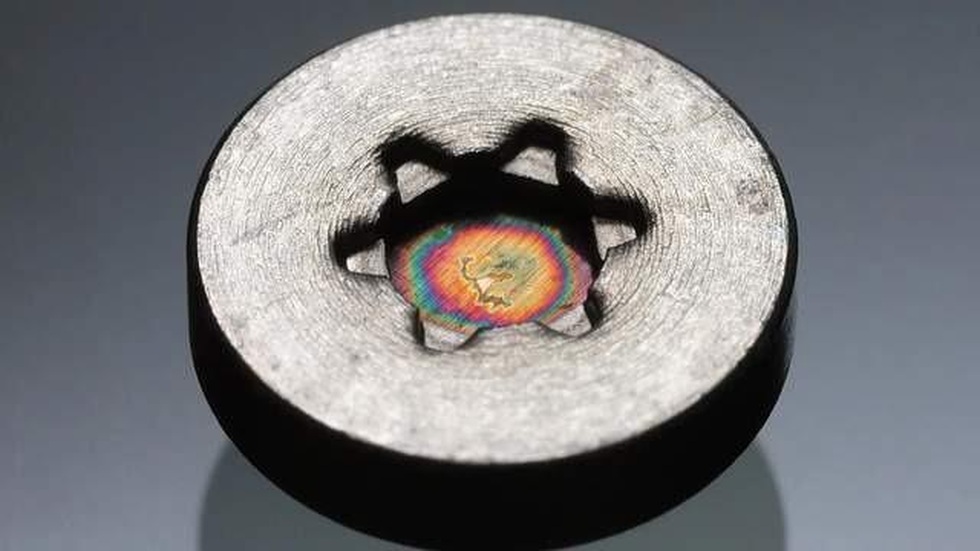
First created in 1944 as part of the Manhattan Project, americium-241 is an isotope with a half-life of 432 years. That's five times longer than plutonium-238, making it an ideal candidate for missions lasting not decades, but centuries or more.
In particular, americium-241 does not need to be produced from scratch. It forms naturally in nuclear waste when plutonium-241 decays. This means that among the tons of nuclear waste stored in the UK and many other countries, there is a long-term energy source for the space industry waiting to be exploited.
Europe paves the way to space energy autonomy with RTG americium
More broadly, americium offers several strategic advantages. Europe has long relied on plutonium from the United States and Russia, severely limiting its plans for deep space exploration.
With americium, the continent could become fully energy self-sufficient, build an independent supply chain and reduce geopolitical risks. Over the past decade, the University of Leicester, together with the European Space Agency ESA and the UK Space Agency, have been continuously testing americium RTGs (radioisotope thermoelectric generators), aiming to send the element into space for the first time in the coming years.
Of course, americium isn't perfect; americium-241 produces only about one-fifth the heat of plutonium-238, meaning RTGs would have to be larger and heavier to generate the same amount of energy.
This is a major challenge in aerospace design, where every kilogram determines cost and operability.
However, americium shows its superiority when used for low-power, ultra-long-life missions such as interstellar probes, geological observatories on icy satellites, or devices expected to drift in space for hundreds of years without human intervention.

Another promising approach is to combine americium with Stirling engine technology, which can convert heat into electricity with up to 25 percent efficiency, much higher than the 5 percent of traditional thermoelectric systems.
If successful, americium-based Stirling RTGs could produce enough power without significantly increasing the amount of fuel. While Stirling engines have moving parts and have raised concerns about their reliability, designing the system to operate with multiple converters for redundancy is opening up the prospect of solving this problem.
The trials are still ongoing and initial results are considered positive.
The key to centuries-long missions
When placed side by side with plutonium, the two fuels seem like two different philosophies. Plutonium is powerful, compact, and delivers high energy, making it suitable for high-power missions. Meanwhile, americium is durable and has a superior longevity, making it suitable for missions where time is of the essence.
It is not difficult to envision a future where both isotopes exist side by side, serving different purposes but together leading humanity to further horizons.
Right now, NASA has proposed a daring mission called Interstellar Probe with the goal of going as far as 150 billion kilometers from Earth, beyond any boundaries that humans have ever reached.
For probes to survive for centuries and continue transmitting data back home, americium is almost the only viable option that meets the longevity requirement. In a broader context, americium could not only serve space exploration , but also support deep-sea exploration, polar climate research, or provide stable power to remote areas.

Voyager-1 spacecraft (Photo: NASA).
Despite the challenges of optimizing power and design, it is clear that americium is becoming a symbol of a new era. This era is not defined by the explosive power that plutonium once displayed, but by durability, stability, and the ability to operate over time.
In the cold and vast universe, where all technology has its limits, it is the durability factor that truly determines the survival of a spacecraft.
The future of space exploration, perhaps, will not be determined by how big the rockets are, but by what kind of nuclear fuel is quietly radiating heat inside the ships that crisscross interstellar space.
Americium, with its gentle yet everlasting power, is ready to take on that role.
Source: https://dantri.com.vn/khoa-hoc/americium-nguyen-to-co-the-thay-doi-cach-loai-nguoi-chinh-phuc-khong-giant-20251125154617659.htm








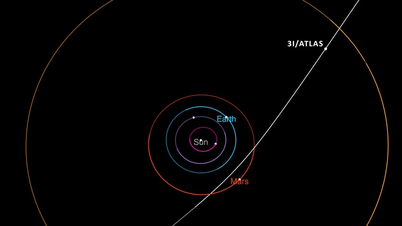

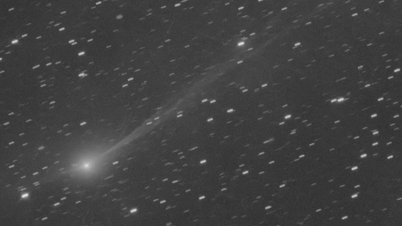
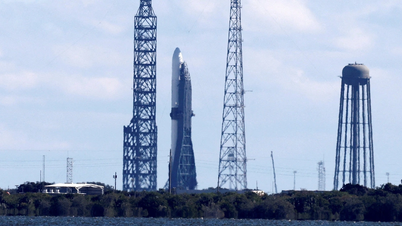


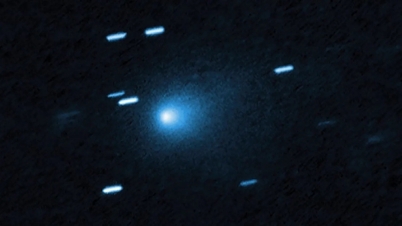












































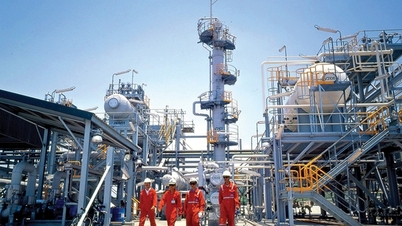

















































Comment (0)